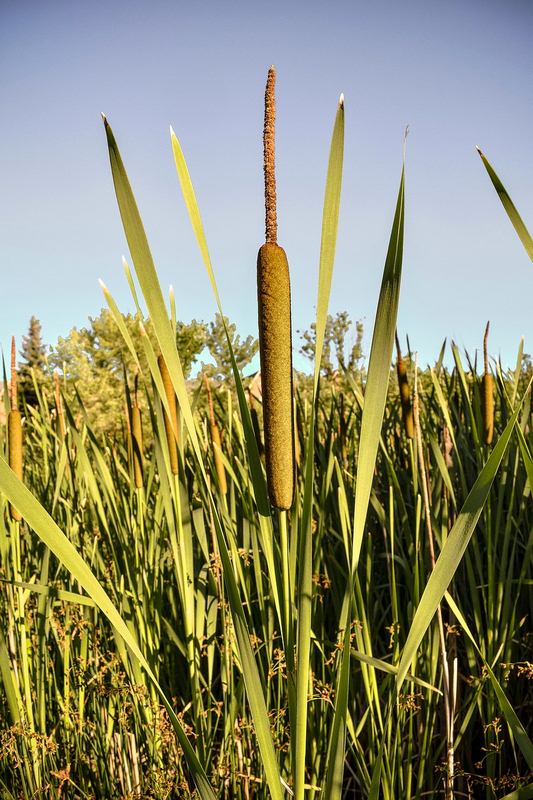Marsh plants like reeds, water hyacinth, iris, and duckweed are not only beautiful, they can also help conserve and treat greywater.
A wetland full of reeds, fish, frogs, and ducks is a peaceful place. A marsh ecosystem is also an outstanding water treatment system. Marsh plants are incredible plants, capable of recycling wastewater or greywater.

Everyone uses water. Some of this water is used in toilets and called black water. This water contains sewage.
Although it contains organic matter and detergents, fifty to eighty percent of residential water is only gently used before it goes down the sewer. This water might be from a shower, washing machine, or from the kitchen sink.
Read Also:
In the heat of summer, plants need water. However, this is the time when gardeners must think of ways to conserve water. What is a gardener to do to accommodate thirsty plants? Rain barrels and water-wise gardening help conserve water in the garden. Reusing greywater is another way to conserve water.
Many people collect water from the shower in a bucket and use it to water plants. Some connect devices like the Aqus water saver to a sink to collect used water. A dishpan is also a handy, low tech option to save and reuse kitchen water.
However, this household water may contain bacteria and organic matter. Creating a wetland full of plants that clean water is an excellent way to reuse greywater and have a thriving wetland garden.
Wetlands are beautiful wildlife habitats, but they can also be designed as water treatment systems. This water filtration using plants is also called phytoremediation. Reeds and other wetland plants filter and recycle wastewater through their roots.
Constructed wetlands can be as simple as a rain garden in a low part of a garden. A small wetland can be used to treat wastewater collected manually. Larger wetlands can collect water from appliances that are held in a tank and released into the wetland.
Some wetland designs place water above ground, while others have subsurface flow. Keeping water below the gravel is preferable for the home wetland since this reduces any odors and removes potential mosquito habitat.
One cubic foot of wetland is required for every gallon of water. For a home, this might be a 1 foot deep and 120 cubic foot wetland.
Cattail, bulrush, reed, and sedge species are all common in constructed wetland ecosystems. They play various roles in a constructed wetland. Some remove heavy metals, while others are more skilled at removing organic matter.
Phragmites australis, the common reed, is often used in water treatment in Europe to remove nitrogen. However, it can be invasive in North America and Australia. Duckweed (Lemnoideae family) also removes nitrogen and phosphorus.
Typha has shown promise for removing heavy metals, and for those who weave, its vegetation can be used for mats and baskets. Iris and water hyacinth can also remove heavy metals such as lead, copper, zinc, nickel, and cadmium, but take care, as water hyacinth can also be invasive in many locales.
As with all choices of wetland plants for the garden, plant species should be chosen with local ecology in mind. Always check with local wetland plant experts to ensure that a species is not invasive in local wetlands. Many wetland species breed and spread easily!
A wetland garden can be full of life. It can also add to the sustainability of a home by allowing a gardener to conserve and reuse greywater. Turn a pond or a wet garden into a place that works for the planet by reframing it as a water treatment system.